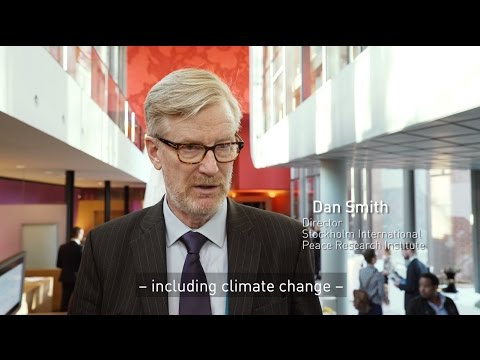What migration has to do with climate change - Interview with Dan Smith
Smith also points out that the part to which climate change actually causes migration often remains unclear because issues of social injustice are strongly connected to these decisions.
Watch more videos on environment, conflict, cooperation, and climate diplomacy on our video platform.
"Most migration that’s related to environmental change – including climate change – happens within countries or just straight across the nearest border. A lot of that migration is actually labor migration because it is about people living in communities where they are unable to meet their livelihood needs sending members of their families off to other places to work and then they send back remittances – it is a very classic pattern. So the first thing to understand is that environmental migration is not about an enormous rush of people heading straight towards the rich parts of the worlds like Europe - most of it is South-South. And assistance is needed but I don’t see that there is any real difficulty or problem in generating resources and having the resources available for that. I think what’s harder is that partly one can say that the movements of people is created by change of the natural environment, yes, but partly it is being created because it is created because they don’t have access to the resources and opportunities they need. In other words, in part it is being created by the fact that we have an unjust world. Simply because somebody reminded me about it today: It is just worth everybody going back and having a look at Papal Encyclical on Climate Change Laudato Si that came out in the middle of 2015, because what the pope did was to say the pressures of climate change and the pressures of social justice work together. And climate change is an issue of social justice as well as being an issue of the natural environment. If we could address that, if we could make the world, or places less unjust, then there would be less pressure of people needing to move and then there would be less than what we call environmental migration.”










